You are somewhat correct. When you analyze both circuits, you come up with the same transfer function:
$$ H=-\dfrac{R_2}{R_1}$$
The problem with the positive feedback one is, if the output is perturbed the slightest, it will drive the output towards one of the rails (+Vcc or -Vcc). In the negative feedback configuration, the feedback network always tries to steer the output towards an equilibrium point.
What you've done is what's called a 'static analysis' of the opamp circuit. But the dynamics of it, won't allow you to use the positive feedback version in the linear region, it will saturate.
A model of the opamp that includes dynamics looks like:

This will show you how the negative and positive feedback affect the behavior of the circuit. Now consider the following:

All we have here is an opamp with both negative and positive feedback and the dynamic model will show what happens.
If you go through the math and find the differential equation regarding the output voltage (\$v_o\$) you find that:
$$ \dfrac{dv_0}{dt}+\dfrac{v_o}{T}=0$$
Where \$T=\dfrac{RC}{A(\gamma^--\gamma^+)}\$
And \$\gamma^-=\dfrac{R_3}{R_3+R_4}\$ (Negative feedback network),
\$\gamma^+=\dfrac{R_1}{R_1+R_2}\$ (Positive feedback network)
You can find all the details of how things were derived here, this is an MIT paper.
So back to the equation, if:
$$\gamma^->\gamma^+ $$ This means the net feedback is negative and therefore \$T\$ is positive, this results in
$$v_o = Ke^{-\dfrac{t}{T}} $$
And this is an stable solution!
if:
$$\gamma^-<\gamma^+ $$
then the net feedback is positive and the solution to the DE becomes:
$$v_o = Ke^{\dfrac{t}{T}} $$
This is an unstable solution since the output voltage will grow unbounded.
Keep in mind that we don't have anything driving the input. This just shows how perturbations will drive the output voltage to either an equilibrium point or to saturation. The constant K would come from initial conditions.




